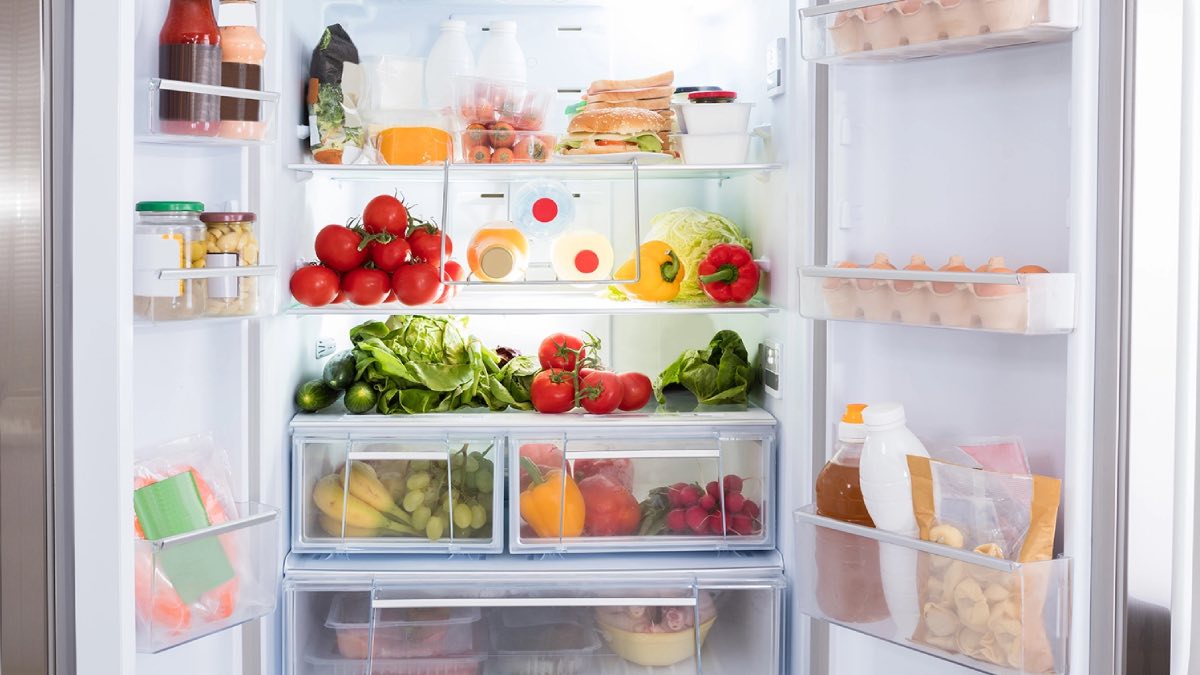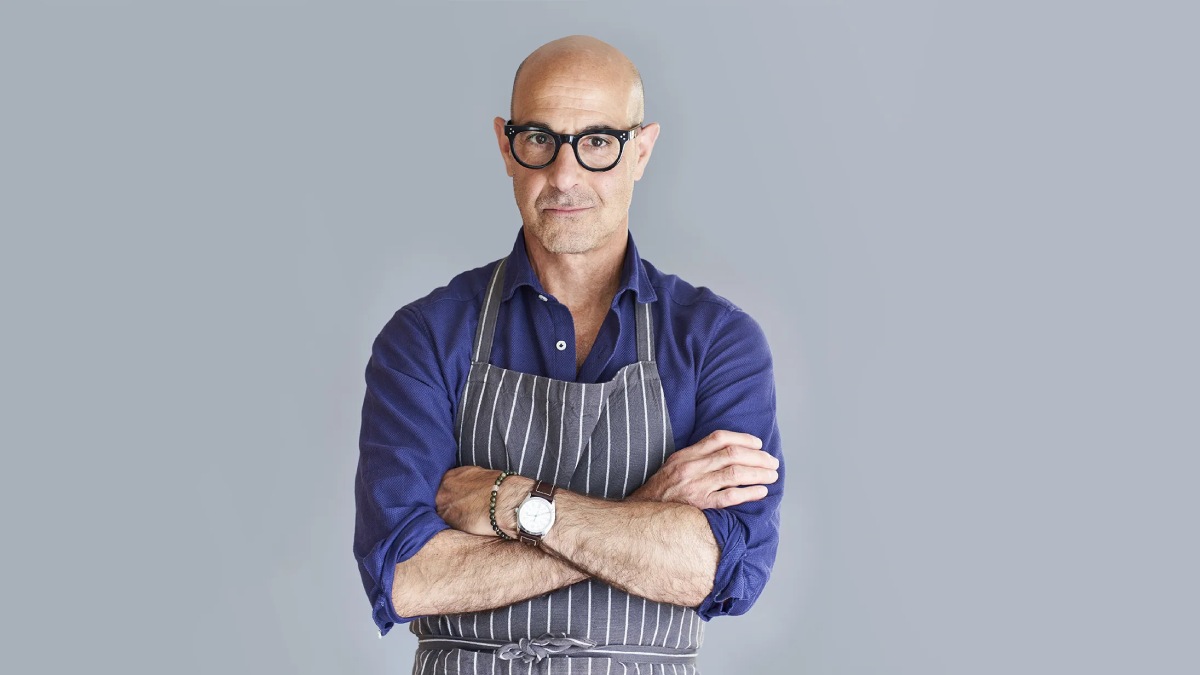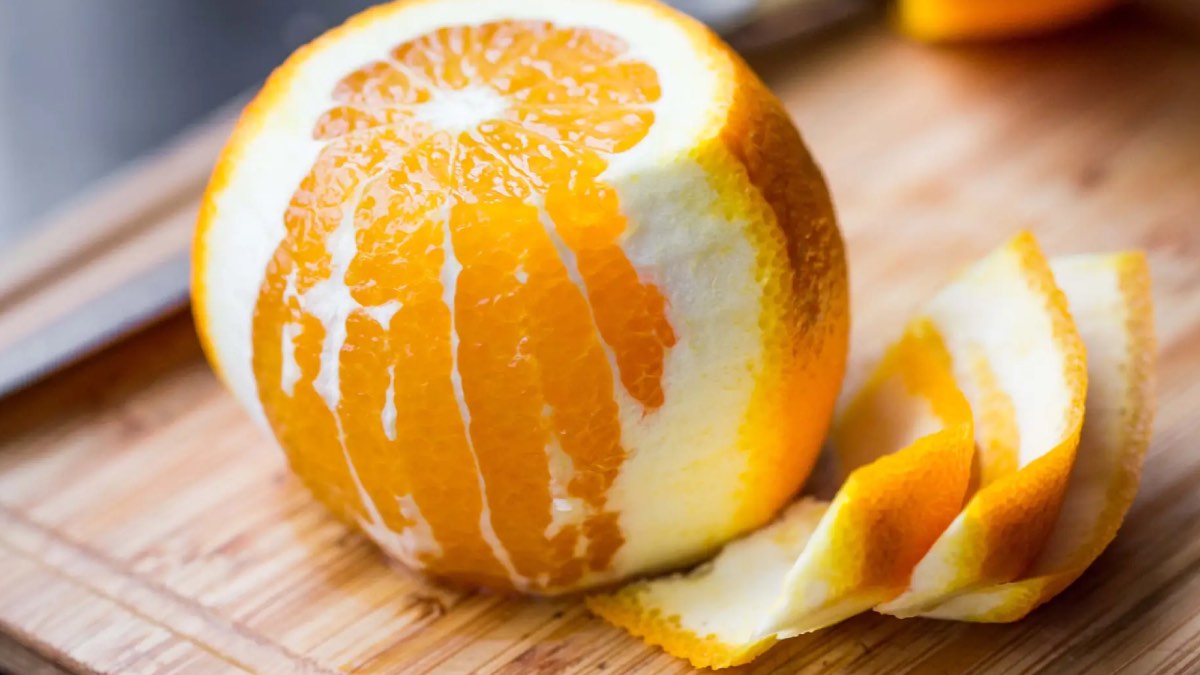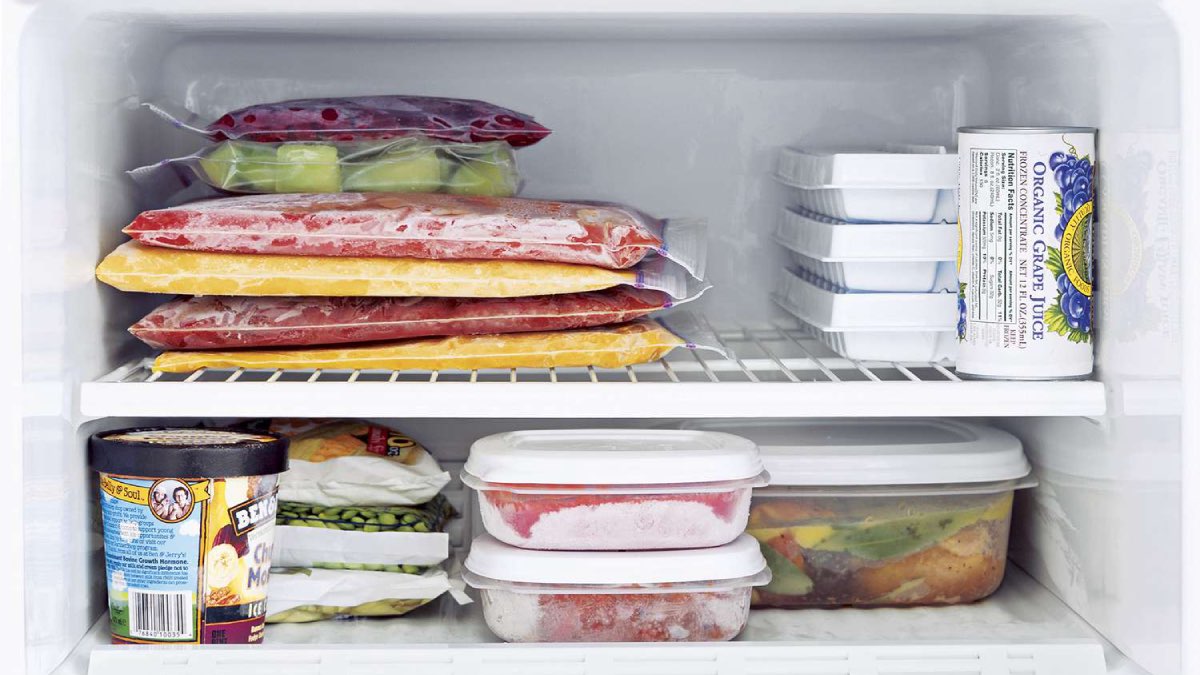Click here to read the Spanish version.
Does a lot of the food you keep in the fridge go bad before its time and you end up throwing it away? It’s most likely because you’re storing food in the fridge the wrong way. Yes, the way you store food in the fridge is key to keeping what you buy for longer. In addition, you can also avoid food poisoning due to bacterial growth and cross-contamination. So, if you haven’t taken this into account until now, take note of these tips for storing food in the fridge, because they will make your life easier.
How to store food in the fridge
First of all, it is important to keep the fridge clean. Although this is obvious, many people don’t do it. Experts advise to clean it thoroughly at least once a month. Another important criterion is to separate raw food from cooked food. To do this, it is best to store them in closed containers.
Another obvious thing to do is to place food with an expiry date in front of it and also to check the storage conditions on the labelling. And if you usually store food to freeze it later, it is best to do so as soon as possible and in small quantities so that it cools down quickly. A plus is to put a label with the date of preparation for more control.
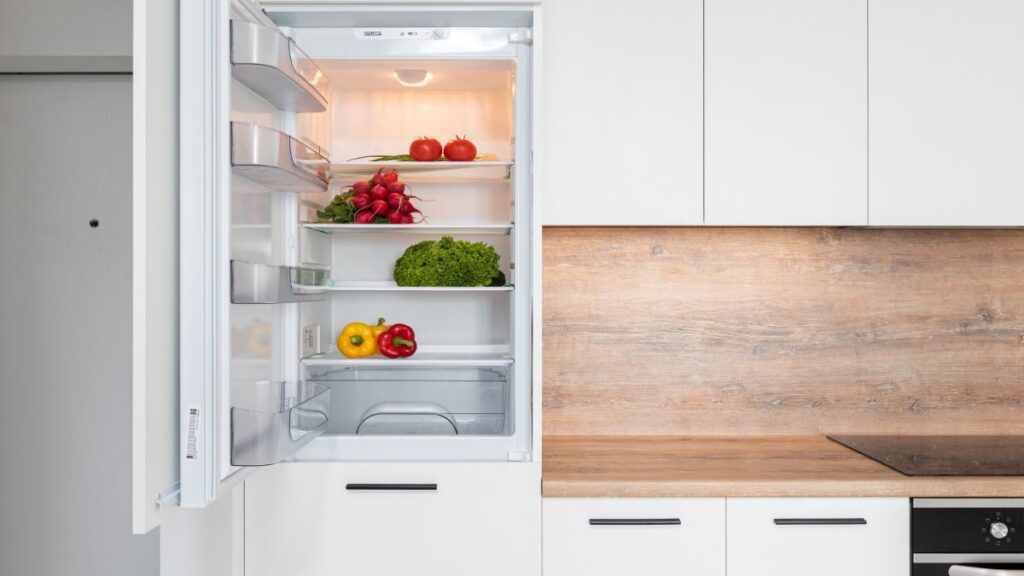
Finally, it is essential not to overload the fridge with too much food. The cold air must be able to circulate between the food in order to keep it fresh. As for the ideal temperature, it is recommended to be around 5º C.
Where should you place each food item?
Another important point is to know in which part of the refrigerator it is best to place certain foods. For example, the door is the least cold area of the fridge. For this reason, it is advisable to store perishable foods. On the contrary to the upper and central area, the coldest, where we should put food whose label has the famous message “once opened, must be kept refrigerated”. Some examples could be dairy products, cooked dishes or cold meats.
The bottom drawer is another part that is not very cold. This is where fruit and vegetables are usually stored, as excessive cold can cause them to deteriorate. Finally, the bottom shelf – above the drawer – is the coldest area, so the most perishable foods should be placed here. This is where raw meat and fish, food for defrosting -it is important that it is in containers that collect the defrosting water- should be placed.
If you would like to know more conservation tips, here you can find out how long packaged Iberian ham lasts.

